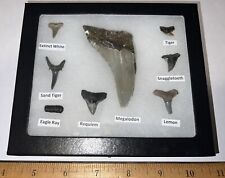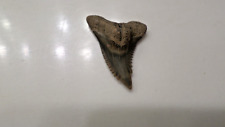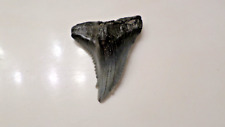
Marine researchers at Michigan State University have confirmed that the first-ever, two-headed bull shark to be discovered is a single shark with two heads, rather than conjoined twins.
According to researcher Michael Wagner, the specimen, found in the Gulf of Mexico in 2011, represents the first recorded instance of dicephalia in a bull shark. “This is certainly one of those interesting and rarely detected phenomena,” he said. “It’s good that we have this documented as part of the world’s natural history, but we’d certainly have to find many more before we could draw any conclusions about what caused this.”
The difficulty of finding such oddities is due, in part, to creatures with abnormalities dying shortly after birth. In this instance, a fisherman found the two-headed shark when he opened the uterus of an adult shark. “You’ll see many more cases of two-headed lizards and snakes,” Wagner suggests. “That’s because those organisms are often bred in captivity, and the breeders are more likely to observe the anomalies.”
Wagner was able to detail the discovery with magnetic resonance imaging. Without damaging the unique specimen, the MRIs revealed two distinct heads, hearts and stomachs with the remainder of the body joining together in back half of the animal to form a single tail.

Related:
Discuss this article in our forum
Second virgin birth by shark confirmed
Shark attack stats highlight risk of monochromatic Speedos
Plummeting Shellfish Stocks Blamed On Shark Overfishing


















Comments are closed.